If you have purchased an older home, you may look around and notice that a lot of your outlets only have two prongs in them. A lot of people are very used to the outlets they have in their homes, so you may not even realize that your outlets only have two prongs until you try to plug something in with three prongs and you run into a wall.
So, what is the story behind an outlet that only has two prongs in it, and is it safe? There are several important points that you should keep in mind.
Note: Remember that your top priority, particularly when you are working with electrical equipment, has to be safety. While efforts have been made to fact-check this article for accuracy, every electrical installation is different. If you are in any doubt about what electrical work or modifications are required, you should seek advice from a qualified electrician.
The History: Two-Prong Wire Outlets
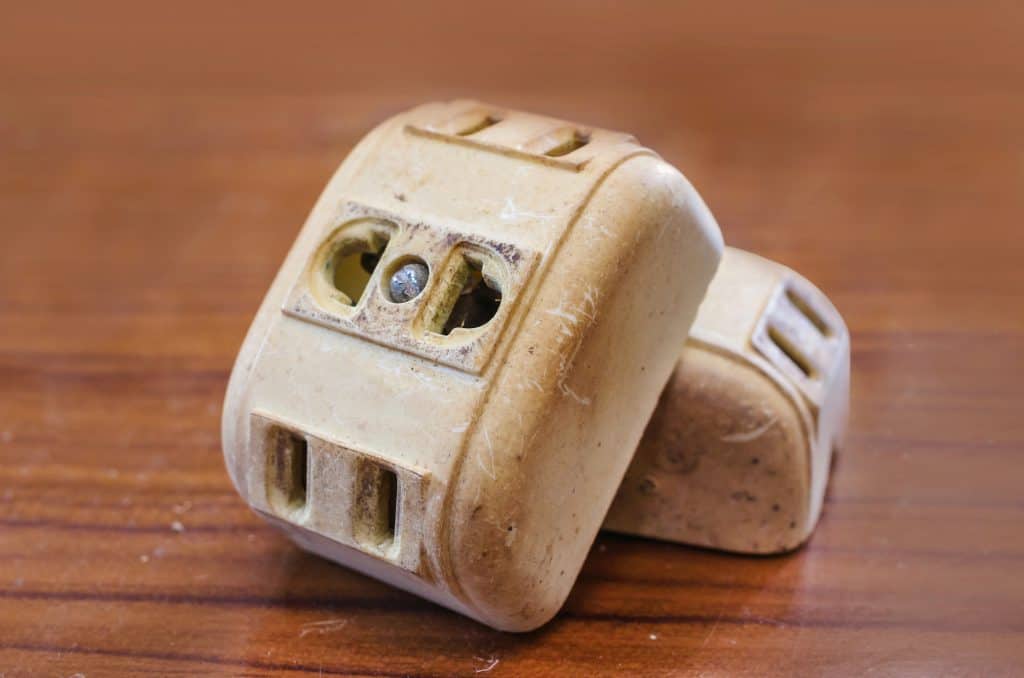
During the early 20th century, electricity was being introduced to the world. Given that electricity was discovered and harnessed in the United States, the United States is where everything got going. There were tens of thousands of homes that were built across the country, and the vast majority of them only had two prongs. That is because some of the earliest electrical outlets were designed with this in mind.
Even though there are plenty of homes that have been built since 1960, and the vast majority of them have three prongs, it is entirely possible that you could purchase a very old home that only has two prongs for each outlet. Many people simply resort to purchasing a converter that will turn a two-prong outlet into a three-prong outlet.
Unfortunately, a lot of homes are not brought up to code unless they are sold, during which time an inspection will take place. Even though an outlet with only two prongs will technically work, it is something you should avoid. How does a two-prong outlet work?
How Does a Two-Prong Outlet Work?
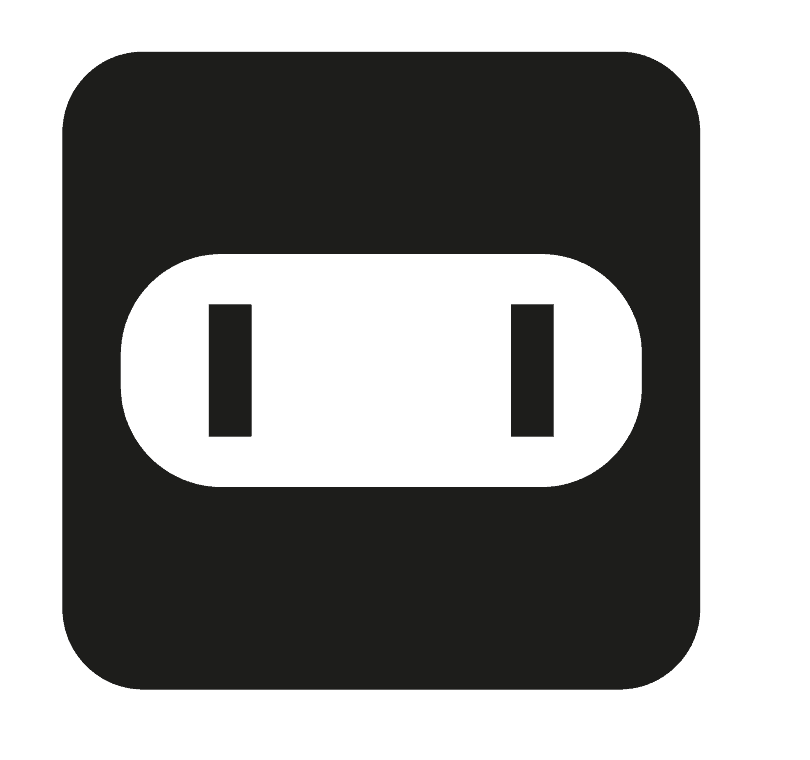
If you have a 2-prong outlet in your home, it is important to understand how it operates. An outlet that only has two prongs only has a hot wire and a neutral wire. That is how all of them are designed. This means that the outlet will technically work, but it also means that there is no ground wire. That means that if there is a surge of electricity, there is no way for the electricity to reach the ground. This is incredibly dangerous, and it is important to understand the risks behind it.
In contrast, if you have an outlet that has three prongs, there is a prong available for the ground. This means that if there is an excess amount of electricity, it will be directed into the ground instead of throughout the home. This is important for protecting your appliances, your house, and the people in it.
There Are Tremendous Safety Issues With a Two-Prong Outlet

Even though there is a risk of being inconvenienced by an outlet it only has two prongs, given that you cannot plug something that has three prongs into a two-prong outlet, it is also important to understand that there are a lot of safety risks that go along with this type of design.
In general, there are two separate, major risks that go along with an outlet that only has two prongs:
- The first major risk is the risk of electrocution. The ground wire is responsible for protecting electronics and people from electrical surges. If there is a major electrical surge, and there is no ground wire, there is a major risk of someone getting electrocuted.
- In addition, there is also the risk of a power surge. If there is a major power surge in the home, and there is no ground wire, then the extra power has nowhere to go. It will simply be distributed across all of the circuitry throughout the home, destroying all of the appliances that are plugged into it.
Think about all the devices you plug into your home on a daily basis. Now, think about what would happen if all of them were fried. Clearly, this is a major issue, which is why it is now mandated that all homes in the United States are built up to code.
The coding was changed in 1962 in the United States. The rest of the world soon followed. In all homes that have been built since 1962, a ground wire is mandated.
How Does Grounding Work?
As mentioned above, every home that has been built since 1962 has grounding. A lot of homes that were built before this time also have grounding. The job of the ground wire is to protect the circuitry, the home, and the people in it.
If there is a major electrical surge that goes through the home, the energy will travel through the ground wire to the electrical panel. Then, the circuit breaker will trip, shutting down the circuit before damage takes place. Then, any excess energy is transferred harmlessly from the ground wire into the earth below. Then, it dissipates without causing any damage.
If the safety mechanism is not in place, it is virtually impossible to protect appliances and electronics. A lot of people believe that they can fix the problem if they have a surge protector. It is true that a surge protector can be helpful, but your surge protector is only going to work if there is a ground wire. If there is no ground wire in place, then your surge protector is not going to be of any use at all.
Other Problems Suggested By Two-Prong Outlets
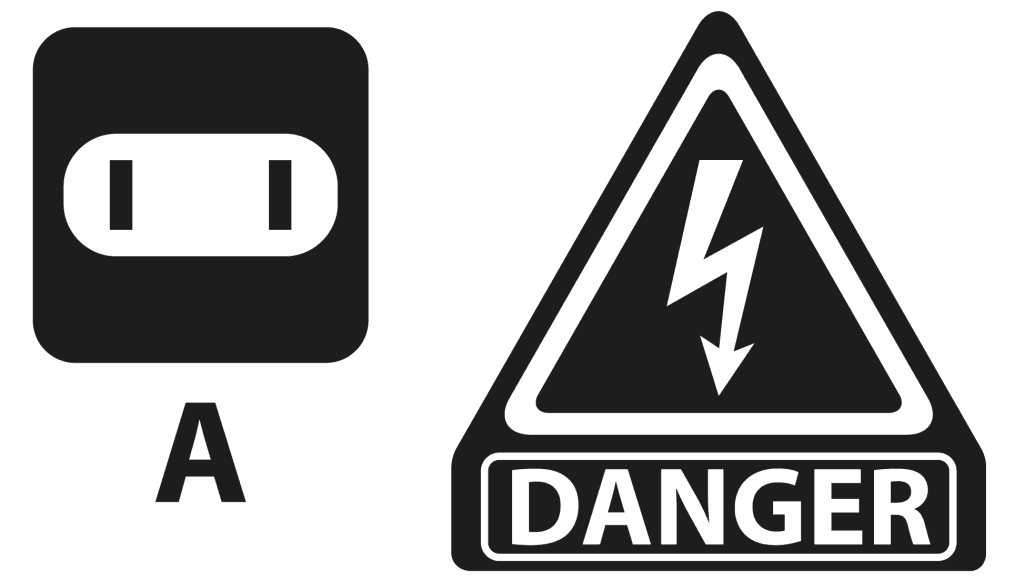
Of course, the grounding issue is the biggest problem you need to think about; however, there are other problems that can be suggested by a two-prong outlet. If you see this type of outlet in your home, it is a sign that the building is very old. It could be a sign that the wiring in the home is not enough to handle the energy generated by the appliances you plug in.
The vast majority of homes that were built before 1965 are built using either 30 or 60-amp fuse panels. If there is a 30-amp fuse panel, this typically means that it only has wiring that can handle 120 V. This means that if you have a device that requires more energy than that, you will not be able to plug it into the outlet without risking serious damage.
In addition, if you have a 60-amp box, it might have a major issue handling your devices as well. Given all the technological advancements that have taken place during the past few years, it should come as no surprise that the vast majority of devices generate far more energy than that.
Therefore, the same problem takes place. If there is too much energy running through the wire, the wire heats up tremendously. This dramatically increases the chances of a house fire taking place. Furthermore, you will blow your fuses regularly, which means that you will have to constantly replace them. This can be very expensive.
As a note, the vast majority of homes today are built using 200-amp fuse boxes. If you are looking to build or upgrade a home, that is the type of amperage you are aiming for.
So, if you are ready to upgrade your outlets, what are a few of the options available?
Upgrading a Two-Prong Outlet: The Options
A lot of people believe that they can upgrade a two-prong outlet by simply adding a third prong. Yes, this would solve the convenience issue. Some people even make the big mistake of breaking off the third prong just so they can plug in their device. All this is going to do is lead to more safety issues.
If you want to replace your two-prong outlets, there are a few options available. They include:
1. Rewire the Outlets
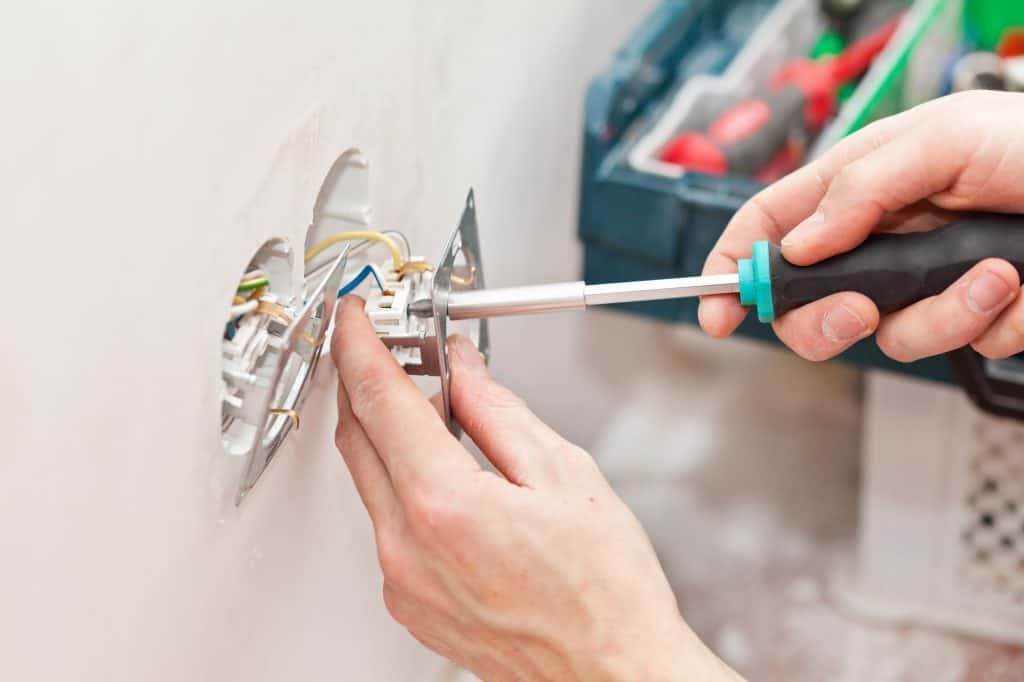
Now, the best way to deal with the issue is to simply wire all of the outlets in the home. You will need to rewire the outlets, replace the wiring, and replace the electrical panel. Unless you are an electrician, you should never mess with wiring on your own. You run the risk of electrocuting yourself.
It is not unusual for this entire job to cost approximately 10 percent of the value of the home. If your budget is an issue, then you may want to rewire select outlets that you use regularly. That way, if you plug in your video game system, you don’t have to worry about frying it as long as you plug it into the right outlet.
Warning: this is absolutely not something that you should do on your own. Only an electrician who has the proper licensing and insurance understands how to run a ground wire from the outlet to the service panel and properly ground it. Just because there is a ground wire in place doesn’t mean it has been properly grounded. You need an electrician to help you with that.
2. Use a Metal Housing Box
Another option is to use a metal housing box. A lot of older two-prong outlets were grounded using a metal housing box. You can figure out if there is a metal housing box attached to the outlets already using a circuit tester. Essentially, you will install one of the testing prongs into the hot slot and the other prong onto a screw with the cover plate. If there is a light that comes on, it is a sign that the metal box is grounded.
You might be able to purchase a metal housing box and handle this job on your own, but again, it is always better to reach out to an electrician who can handle this for you. This could be a more cost-effective way to fix the outlet issue.
3. Install a GFCI on the Outlet
You may want to try installing a GFCI on the outlet. This is one of the most common and cost-effective ways to fix a faulty outlet. Essentially, it will do a great job of protecting you from being shocked:
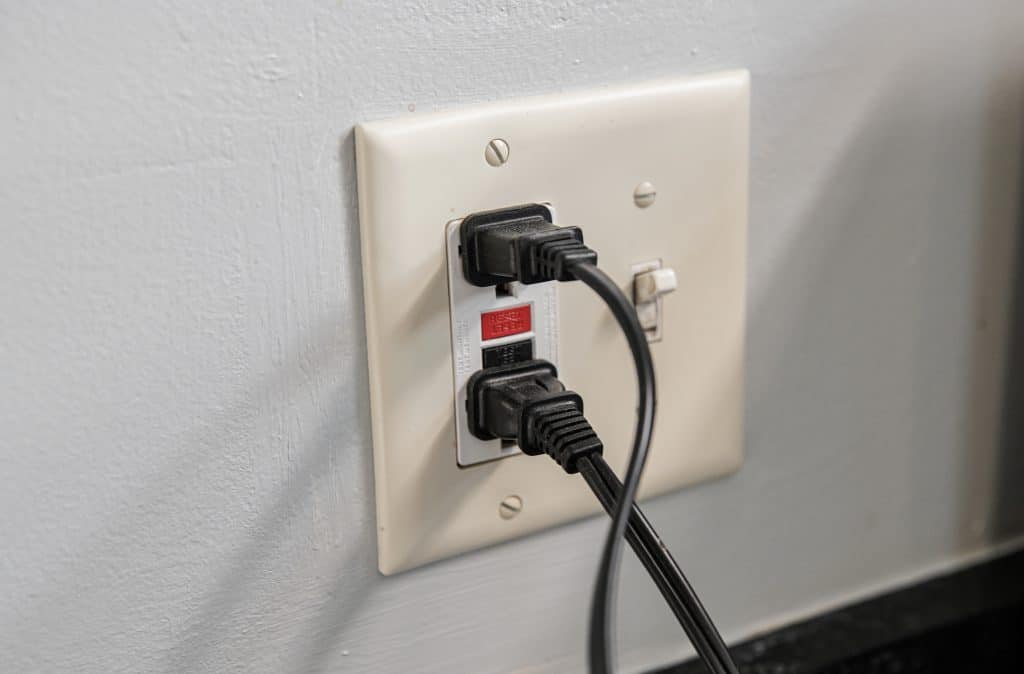
On the other hand, it is not going to do anything to protect your devices against surges and short circuits. This might be something you can do on your own with some basic equipment from the hardware store, but you are required to label it as “no equipment ground.” This is a temporary solution, but not a comprehensive one.
4. Install a GFCI at the Circuit Breaker
Finally, you may be able to add a GFCI circuit breaker at the service panel. This will protect you against electrocution, but again, it will not protect your electronics from being shocked. You will still have to add the label “no equipment ground.”
No matter what path you choose, it is important to remember that you have to put safety at the top of your priority list.
Fix Outlets With Two Prongs
If you notice outlets in your home but only have two prongs, it is important for you to deal with the issue quickly. The best way to deal with the problem is to hire an electrician to replace everything for you, but it can be expensive. You might be able to try a few of the temporary solutions above as you save up some money to deal with the problem. The most important thing that you should remember is that you must turn the power off if you are working on the electrical system of your home.
